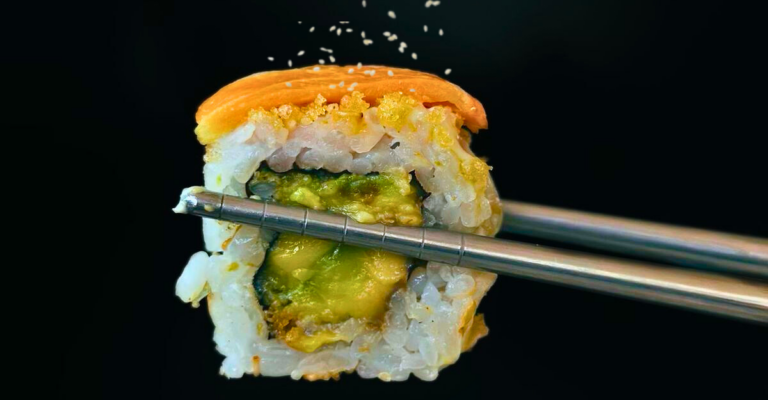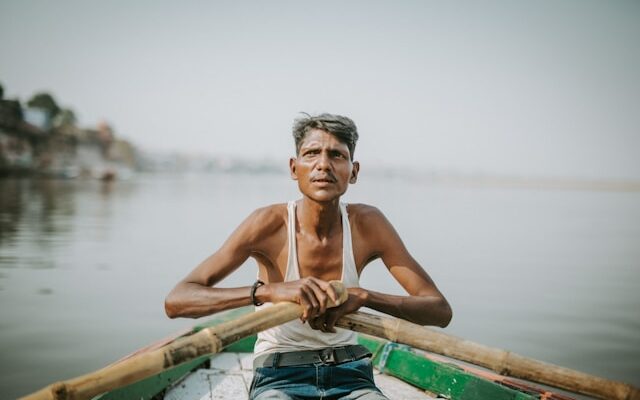India’s Cultivated Meat Breakthrough: Biokraft Foods Unveils Lab-Grown Trout & Chicken, Eyes 2026 Market Launch
In a landmark step toward sustainable food innovation, Mumbai-based Biokraft Foods has unveiled India’s first cultivated seafood prototypes—structured trout fillets grown from cells—and announced plans to seek regulatory approval for lab-grown chicken, marking a pivotal moment in the nation’s alternative protein journey. From Himalayan Waters to Lab Plates: Cultivated Trout Takes Center Stage In collaboration with the ICAR-Central Institute of Coldwater Fisheries Research (ICAR-CICFR), a government-backed body under India’s agricultural ministry, Biokraft has pioneered the cultivation of snow and rainbow trout, prized Himalayan species often threatened by overfishing and ecological strain. Using 3D bioprinting and bioink technology, the startup transforms trout cells into whole-cut fillets, blending them with plant-based and algal ingredients to replicate texture and nutrition. “Conventional trout farming is resource-heavy and environmentally damaging. Our method eliminates reliance on wild catch, antibiotics, and microplastics,” says CEO Kamalnayan Tibrewal. While fetal bovine serum (FBS) is currently used in small quantities, Tibrewal emphasizes the goal is “serum-free production as we scale.” Cultivated Chicken: Regulatory Milestones Ahead By summer 2025, Biokraft aims to file India’s first regulatory application for cultivated chicken with the Food Safety and Standards Authority of India (FSSAI). The hybrid chicken product, which mixes lab-grown cells with plant proteins, mirrors conventional meat in taste and texture. This follows India’s inaugural public tasting of cultivated meat in 2024, where attendees sampled a hybrid chicken breast. “A series of tastings begin next month to build consumer familiarity,” Tibrewal adds. Funding, Facilities, and the Road to 2026 Fresh off an undisclosed pre-seed funding round, Biokraft plans to open an R&D and pilot facility by late 2025 to accelerate innovation. The startup targets a 2026 commercial launch for both seafood and chicken, with prices projected to undercut conventional trout as production scales. Government Backing & Industry Momentum The ICAR-CICFR partnership underscores India’s strategic push for sustainable protein. “This collaboration bridges academia and industry to conserve biodiversity while advancing cell-based aquaculture,” says ICAR principal scientist Amit Pande. Biokraft isn’t alone—New Delhi’s Neat Meatt and Singapore’s Umami Bioworks are also forging cultivated seafood partnerships with Indian institutes, signaling a sector-wide shift. A Hungry Market: 60% of Indians Open to Cultivated Meat A 2024 survey reveals over 60% of Indians are willing to try lab-grown meat, with 59% viewing it as a nutritionally secure alternative. Government enthusiasm aligns with consumer curiosity, positioning India as a key player in the global $1.6B cultivated protein market. The Future of Food? As Biokraft navigates regulatory hurdles and public tastings, its mission transcends innovation—it’s a race to reshape India’s food systems. “We’re not just creating meat; we’re crafting a sustainable blueprint for future generations,” says Tibrewal. With Himalayan trout and hybrid chicken leading the charge, India’s cultivated meat revolution is officially underway. Images courtesy of Biokraft Foods | #CultivatedMeatIndia #SustainableProtein #FoodTechInnovation




